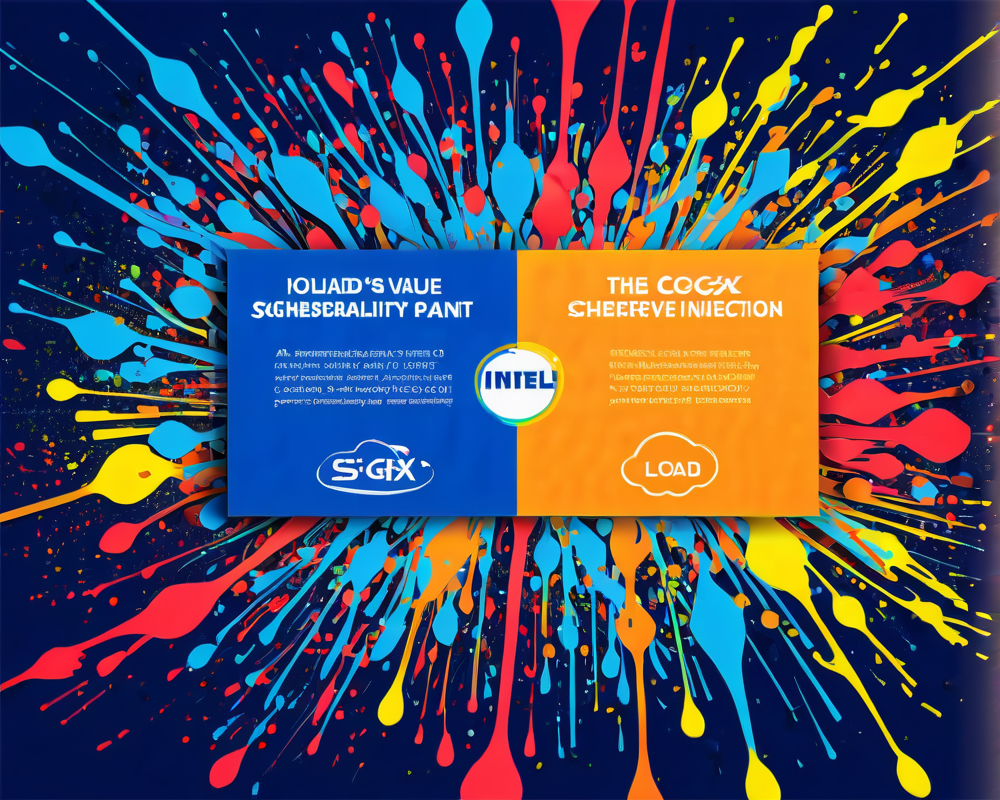Breaking Down the LVI Vulnerability
A recent discovery has sent shockwaves through the tech community: a vulnerability in Intel’s Software Guard eXtensions (SGX) is allowing the extraction of sensitive information like passwords and encrypted keys from computer memory. This clever little trick, called Load Value Injection (LVI), was eloquently unveiled by Daniel Gruss through a YouTube video that nobody knew they needed – or wanted, for that matter.
The Mechanics of the Attack
So, how does this dark magic of LVI work? Well, picture this: a vulnerable system executing a script that could be lurking on a less-than-reputable website or running through an untrustworthy application. Instantly, what was once secure on the SGX turns into a buffet of encrypted data for an intruder. As Gruss lays out, “In a meltdown-type attack, the attacker deliberately tries to load secret data — causing the processor to cancel and reissue the load.” Fancy stuff, huh?
In Practical Terms
To make it more digestible, here’s how it goes down:
- The attacker gets the system to run some malicious code.
- This code triggers a side-channel assault on the SGX.
- Encrypted keys that were supposed to be safe start streaming out like they just won the lottery.
Historical Context: The Origin of LVI
Though this attack seems to have landed squarely on Intel’s doorstep, its roots date back to 2019 thanks to Jo Van Bulk and his academic wizardry. During that time, he shared the initial framework for this attack alongside contributions from the ballooning research team, including Gruss himself.
Who’s at Risk?
Fortunately, the average consumer likely won’t have to worry about their grandmother’s laptop being targeted by this exploit. The researchers behind LVI acknowledge significant hurdles to effectively carrying out an attack on everyday systems. The requirements to pull off an LVI are so complex that many unaffiliated hackers might as well quit and start crochet instead. Consequently, the research paper suggests that while the threat exists, it’s not about to spark chaos among casual computer users.
Intel’s Response
Acknowledging the seriousness of the vulnerability, Intel has rolled out a list of affected processors while reassuring the public that chips patched against Meltdown are not in the danger zone. As the company patting its own back states, “Due to the numerous complex requirements…Intel does not believe LVI is a practical method in real-world environments.” So, at least someone’s feeling safe, right?




